A swale is a sunken and marshy place. This is a shallow channel that has sloping sides. A swale may be naturally found or you can also create it. You have to dig a trench with a berm on the downhill side.
This trench captures water in the landscape. This water will slowly spread across the contour line. This will also help to reduce erosion of the soil and retain water where it is needed. You can use these swales to manage runoff, increase rainwater infiltration, and filter pollutants.
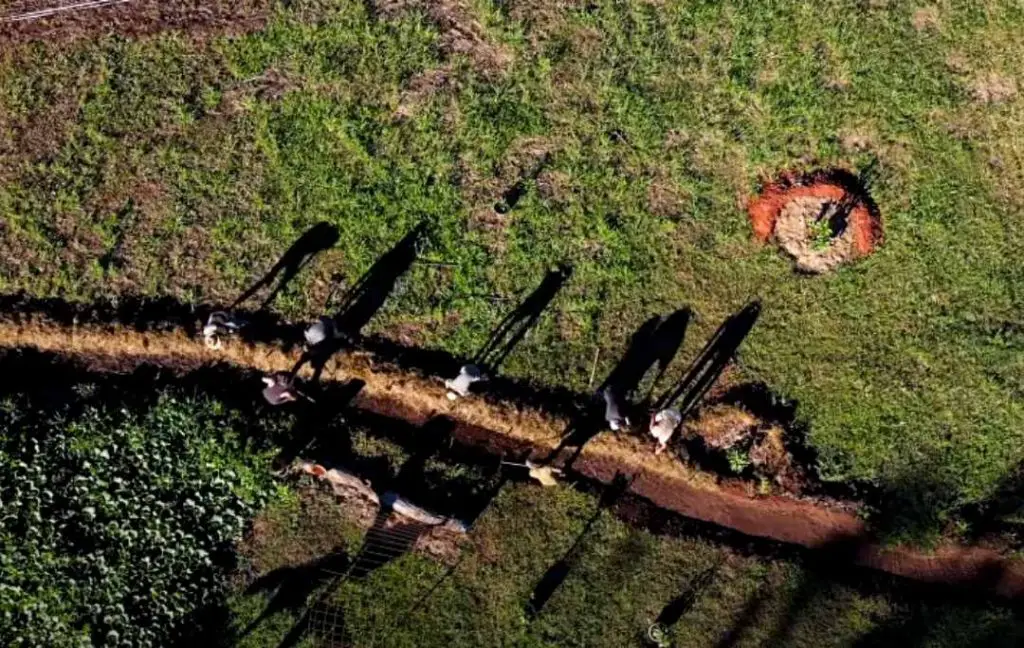
Swall will make food production easy and improve the local ecology. Swale works great if you are living in gently sloping land. It is not good for steep slopes. It means the swales are not suitable in all situations. If you are living in a super rainy climate then the on-contours swales can hold more water.
A berm helps improve the drainage system of the soil. It can be an attractive part of the landscape and provide a wind or noise barrier. The berm can be used to improve the aesthetics of your growing area or as a focal point, for a windbreak, as a privacy screen or to redirect drainage.
Why Is Permaculture Swale Could Be Helpful In Your Yard?
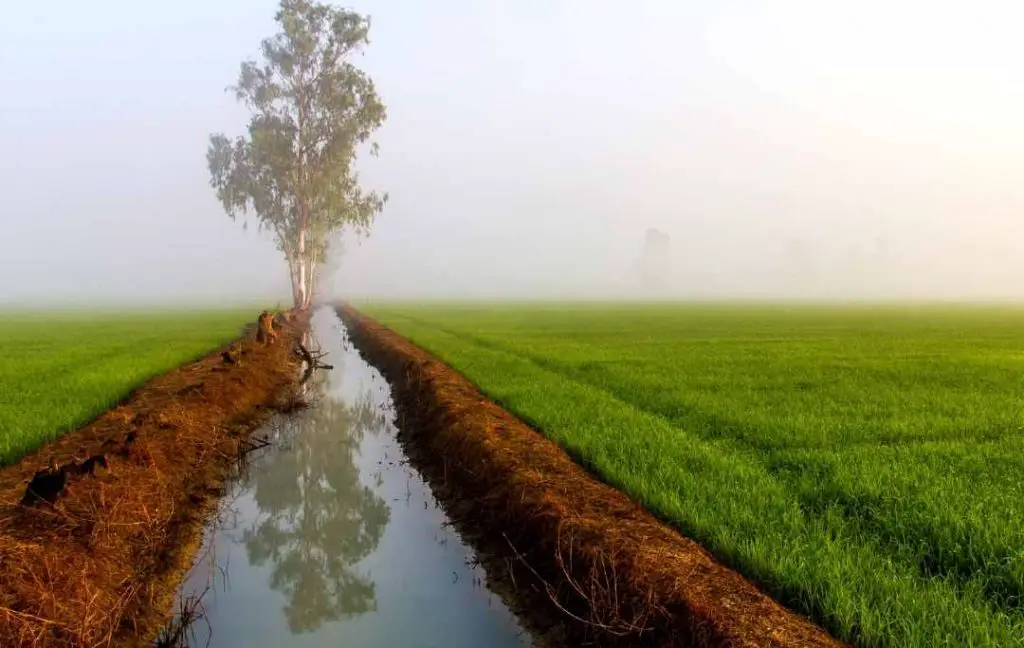
- A swale helps to mitigate the stormwater runoff. The largest source of water pollution is stormwater runoff which is a big problem in most cities. You can use this water in your landscape.
- The best solution for catching rainwater using a tank or barrel is a permaculture swale. We use this water for irrigation purposes.
- A swale is more effective than using tanks. If you are using rich and good soil then it will also be thirsty to drink water.
- This is the best way of building a self-sustaining ecosystem. Swales capture the water and use it where it is needed.
What Plants Do Grow In Berms And Swales?
The occasional inundation at the bottom of the swale can be tolerated by clover, most grasses, and other plants. You should choose those plants which like to grow in high moisture.
A berm can add height and visual interest to your landscape. You should choose the best plants to make the berm attractive. The berm is just raised a bit from the landscape.
There are many reasons for adding berms and swales. Fruit trees such as berry bushes, herbs, vines, and flowers are best for growing in berms. With time, the basin of the swale will fill with loose soil and organic matter.
In this way, your plants get nutrients for the roots. When you add plants to your new berm then it will enhance the beauty of your garden. Here we will tell you about plants which you can grow.
1- ARBORVITAE
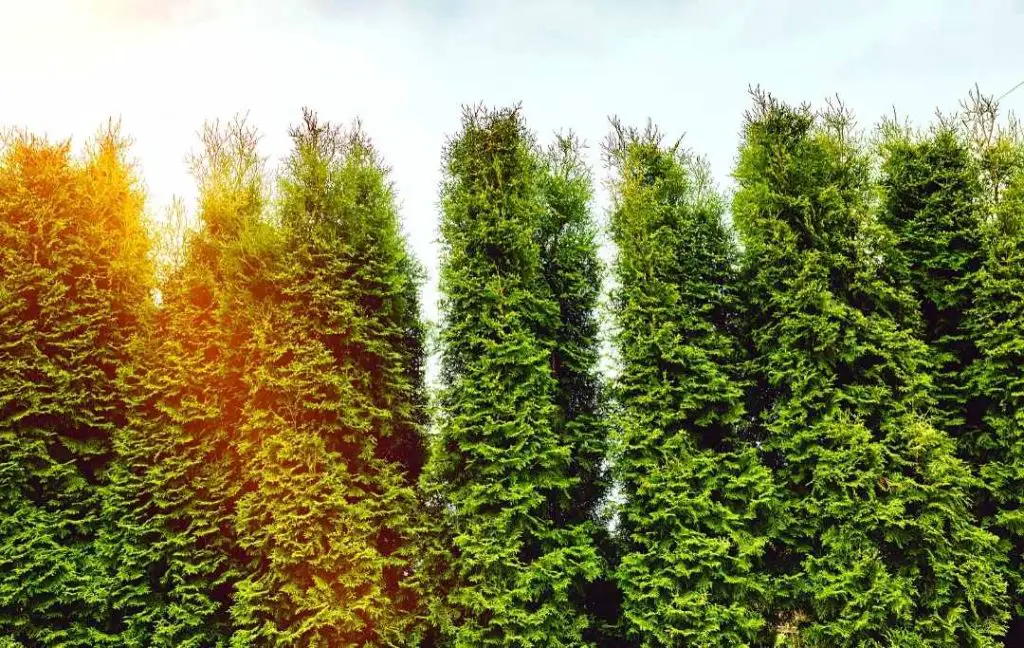
If you want to use your swales or berms for screening or windbreaks then you should grow some type of tree. Arborvitae is fast-growing and low-maintenance evergreen trees.
You can use them as a privacy screen. If you plant them in a row then you will see their dense foliage will fill your garden.
- You can plant arborvitae at any time in the year but fall is the best time. At this time the temperature cools down and protects your trees from stress. In this way, they will establish a strong and healthy root system for future growth.
- You should choose the best sunny location for your arborvitae where it receives at least 6 hours of sunlight per day. It is very important for the growth of plants but some varieties of arborvitae can grow in partial shade.
- Moist soil is recommended for arborvitae but it doesn’t mean that your soil should be soggy because it will result in root rot. Arborvitae trees live happily in well-drained soil. You can add amendments to the soil to improve the drainage quality of the soil.
- As you are planting an arborvitae tree for hedge or screen, then you should leave at least 3 to 4 feet distance between the trees.
- If you are living in a cold climate then you should be careful because heavy snow can bend and break the branches of the taller trees.
- Destroyed trees rarely become the victim of insects and pests. But sometimes due to fungal attacks they may be affected by twig blight. Air circulation is very important if you want to protect your plants from diseases. To control quick blight you can treat it with fungicide.
2- ROSE OF SHARON
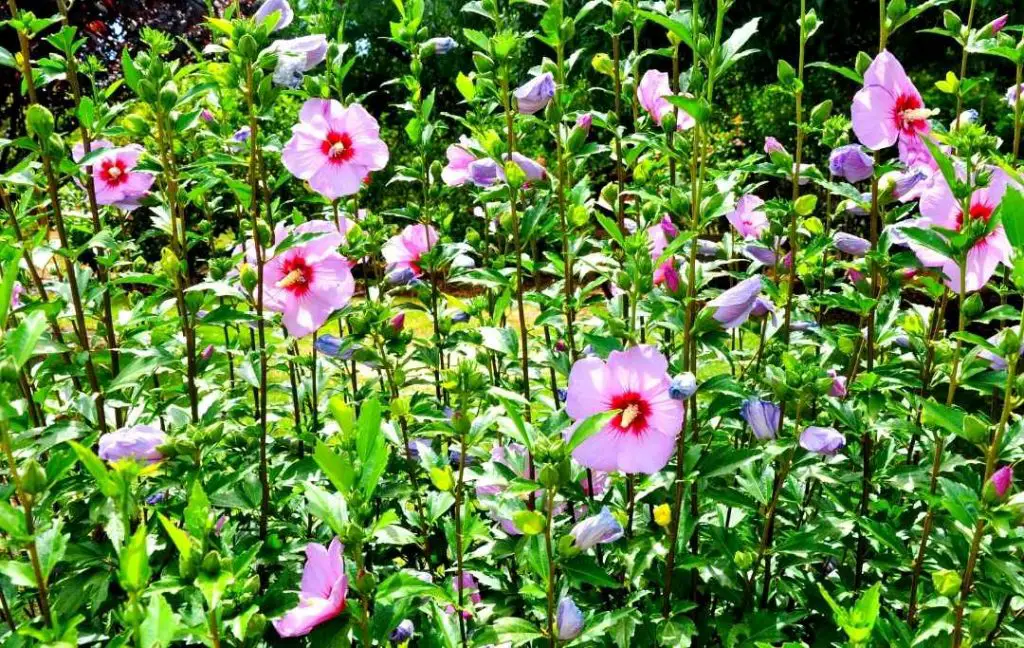
These are beautiful, colorful, and showy flowers. The colors such as White, red, pink, and purple on the rose of Sharon not only soothe the eyes and change the view of your garden. The colors of flowers make your growing area attractive.
- The botanical name of Rose of Sharon is Hibiscus syriacus; this is a low-maintenance plant.
- After the addition of these beautiful flowers To your landscape, you will see how the display of your growing area will be changed.
- You should keep in your mind that the rose of Sharon may reseed abundantly. So you should remove additional plants appearing in unwanted areas. You can share them with your friends.
- Well-drained, acidic, and rich soil is needed. The soil should be moist but not soggy. The location of these beautiful roses should be sunny. They thrive and receive full sun to partial shade.
- Under these stressful conditions, you will see the problem of bud drop. The appropriate amount of water and fertilizers will help to fight this problem.
3- HACKBERRY
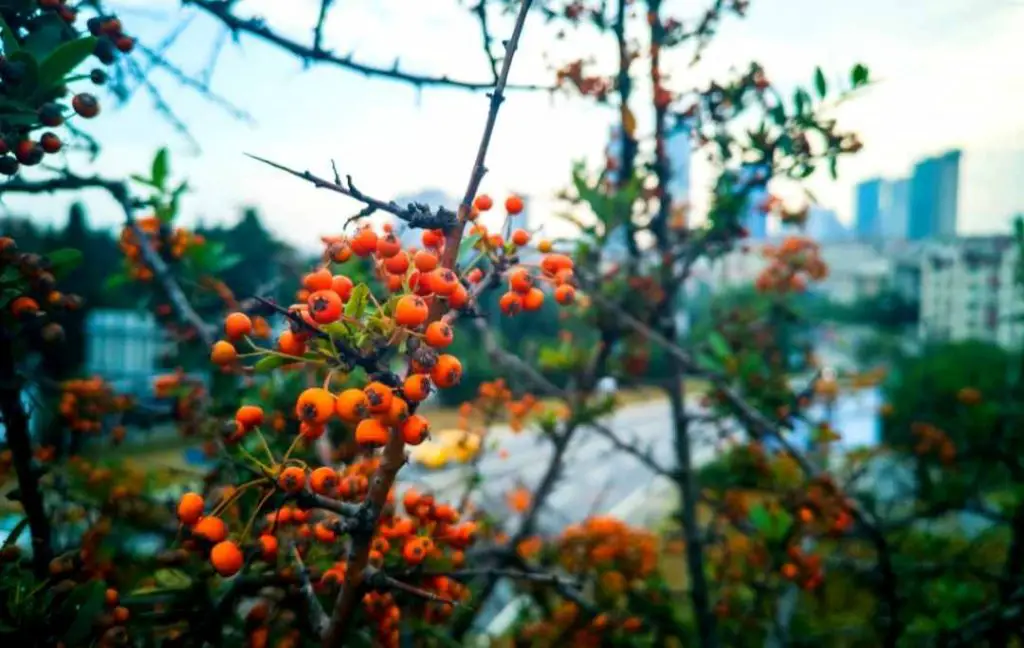
It is a medium-sized tree that belongs to the Elm family. It has a long leaf that has unequal bases and tapered ends. The color of the leaves is dull to glossy green.
- This is a quick-growing plant that matures rapidly that’s why there is no need to show any patients during the growth of hackberry.
- This tree bears ¼ inch or 6cm size fruit. The color of the fruit is dark purple and it is a valuable food for a variety of birds such as flickers, robins, cardinals, and brown thrashers.
- This tree loves to thrive in alkaline, moist, and well-drained soil. The pH of the soil must be between 6.0 and 8.0.
- Full Sun to partial shade is another requirement for the growth of hackberry trees.
4- NATIVE GRASSES
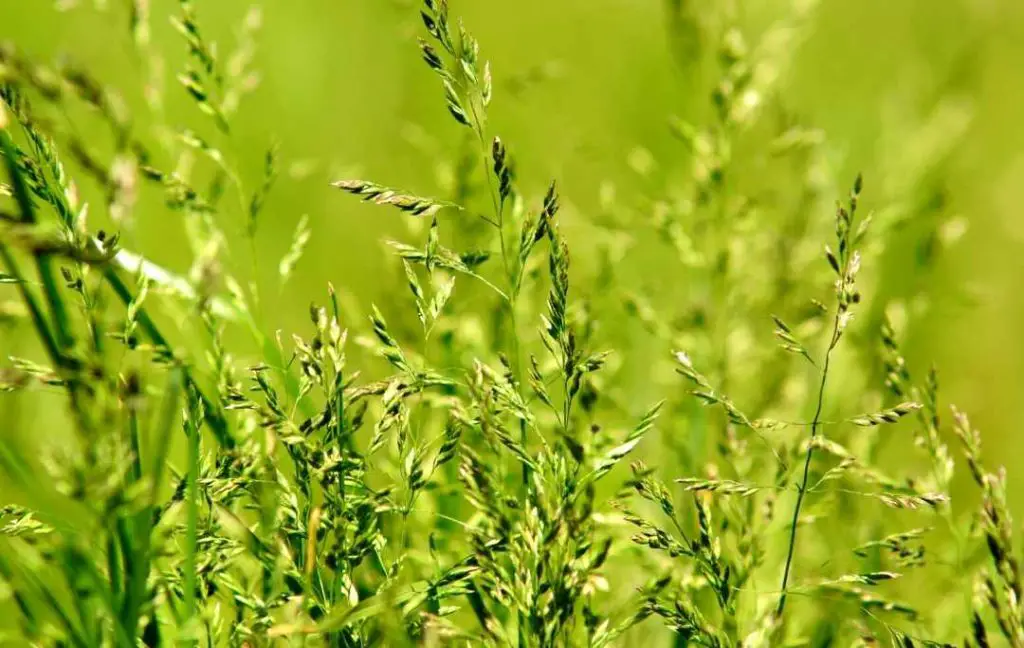
Ornamental grasses are the best option for berms and swales. You will find a variety of ornamental grasses which have different colors and textures. These qualities make them perfect for any space or Garden. There are many practical reasons for drawing native grasses.
- The first reason for growing ornamental grass is to add color to your growing area. Some ornamental grasses are evergreen while others are variegated with gold or white. Even some varieties of ornamental grasses offer shades of blue, red, purple, and silver. Blue fescue has beautiful silvery-blue foliage. It is a low-growing and cool-season grass. The size of this class is small and it can be used as an edging or as a ground cover. Japanese blood grass has green foliage with a tinge of dark red color. This will add vibrant color to the border. In fall, you will see this red color grass give a vivid display.
- Seasonal interest is the second reason for choosing the ornamental grasses for growing. These grasses provide beautiful borders for your growing area. They will add texture, volume, and colour to your winter garden. In the late season, most of the grasses develop seed heads after their flowers fade. The seed heads and plums add interest throughout the winter season.
- The third reason for growing ornamental grasses is that they come in different sizes and varieties. You will find dwarf, medium and giant-sized grasses. If you choose a low-growing variety then you can use it as edging in your garden. Short grasses can be used as a ground cover. Small grasses such as dwarf varieties can be used for making borders between plant beds and walkways in your growing area.
5- CACTI AND SUCCULENTS
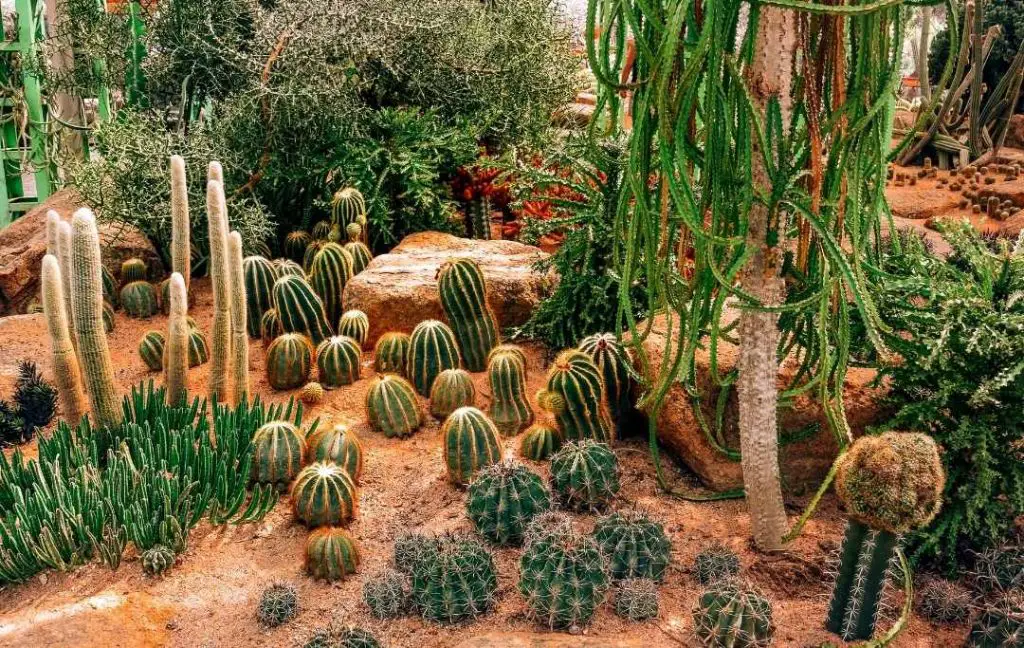
You should choose the right plant according to your landscape. These desert-like plants don’t need water often. As you know that the top layer of the soil of the berms can get dry easily so you should choose a desert-like plant that can thrive in this situation. Cactus and succulents are closely related to each other.
- Most people like to grow cacti. On the other hand, succulents also increased in popularity because of low maintenance.
- Cacti and succulents like to grow in warm areas such as deserts. They like sunny and dry areas.
- These beautiful and unique plants prove useful to us. They are such plants that freshen the atmosphere.
6- PERENNIAL FLOWERS
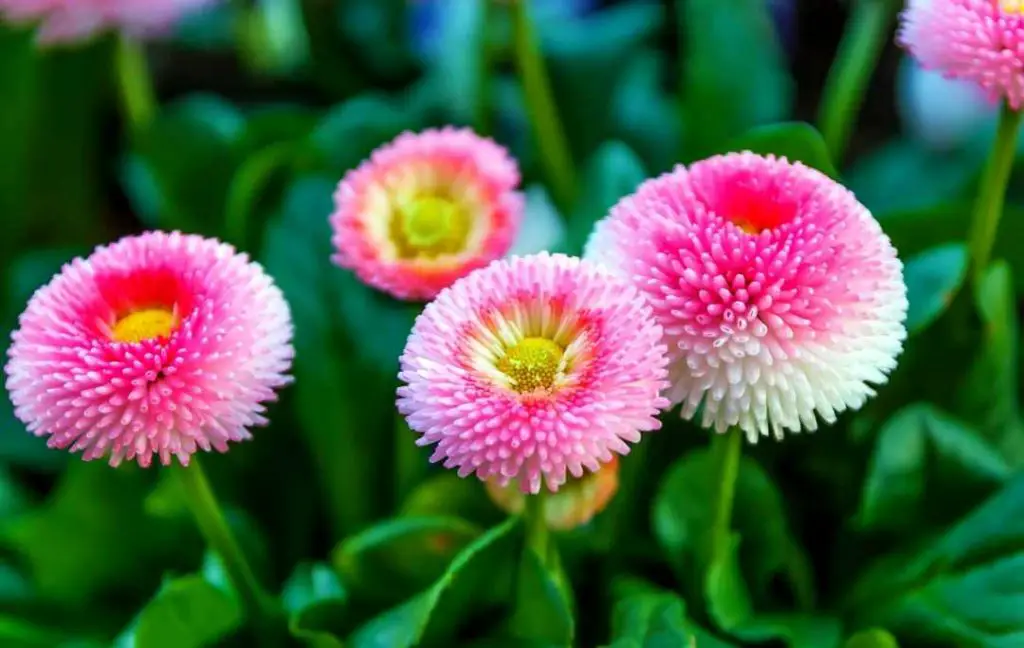
Annuals and biennials are also beautiful flowers but perennials are those plants that live year after year. Perennial flowers give colorful blooms in every season.
These varieties of flowers are low maintenance which makes them perfect for any landscape. If you want to add long-lasting beauty to your garden then perennial flowers are the best option for you. Here we are going to give you some options of perennial flowers.
1- SHASTA DAISY
This beautiful flower with bright colors of white and yellow makes your garden’s environment mesmerizing. You can also use these flowers as cut flowers for your vase.
2- FALSE INDIGO
Another beautiful option of perennial flowers with beautiful shades of blue, purple, and green. The important thing is that this is a disease and pest free which makes them perfect for your garden.
3- DAYLILY
It is a perfect perennial that can tolerate fluctuating temperature and irregular watering. There is several varieties available daily you can select according to your choice.
4- PHLOX
You can plant this perennial in the spring season. The beautiful blooms can be used as a ground cover. When summer comes you can see the height of phlox reach 3 to 5 feet in height.
5- LUPINES
You can grow these spiky flowers in your garden very easily. The life of these flowers is very short but their stems can grow up to 5 feet tall. The color of these flowers can be red white yellow pink or purple. These blooms are just like pea flowers.
6- HYDRANGEAS
These flowers bring elegance and charm to your garden. The color of blooms is found in pink, blue, lavender, and white. The best time to plant flowers is in spring after the danger of the last frost. If you want to plant them in the fall then you should plant them before the first fall Frost.
7- ASTERS
The shape of these flowers resembles a star and they look like daisies. The height of this plant can be 8 feet tall. Bees and butterflies like to sit on these beautiful flowers and help them supply late-season pollen.
8- CONEFLOWERS
Another beautiful perennial plant has a range of colorful flowers such as pink, yellow, orange, and purple. This plant is a part of the daisy family that’s why they are trouble-free blooms.
They grow very rapidly and attract bees and butterflies. This is a low-maintenance perennial plant that can tolerate little or no water.
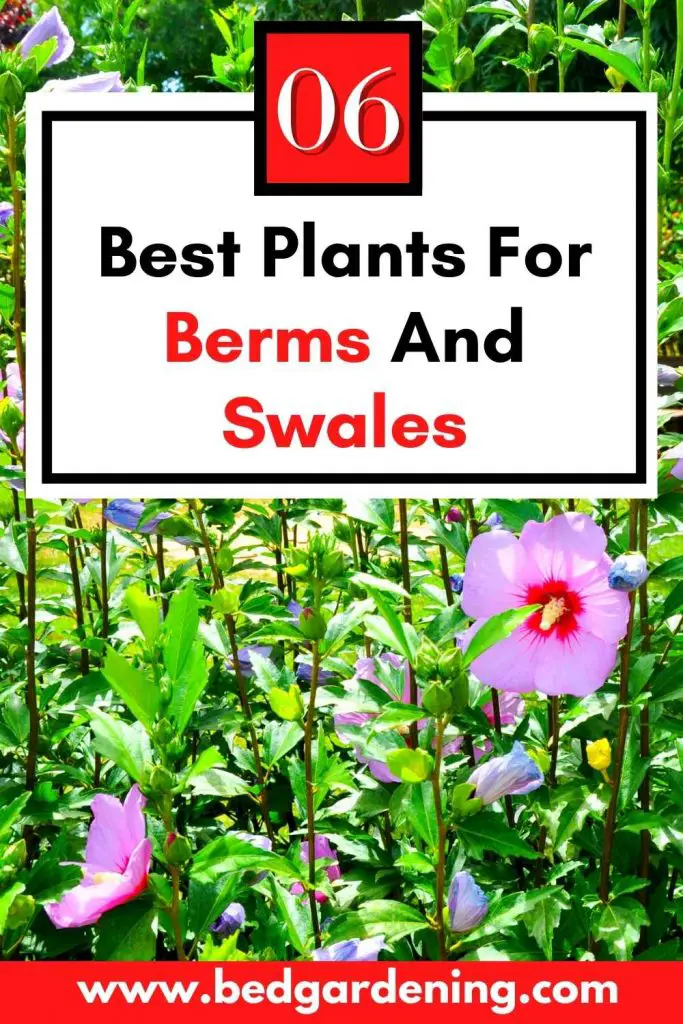
PLANTING ON BERM
Before building a berm, you should plan the perfect design according to your landscape. A berm should be 4 to 5 times long as it is high. Planting on a berm is not like other beds as the ground is raised so the soil can be compacted or dry.
In compacted soil, you do not get air for breathing. If you use good soil and cultivate it well then you can plant a successful berm. You should select those plants that will help you to prevent erosion.
Water is a very important factor for the growth of any plant so you should focus on the frequency of water so the soil will not dry quickly. If it is needed you should spread a layer of mulch around the plants; it will also help to reduce erosion and maintain the moisture in the soil.
